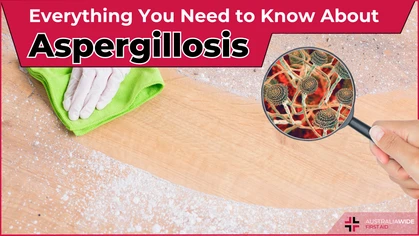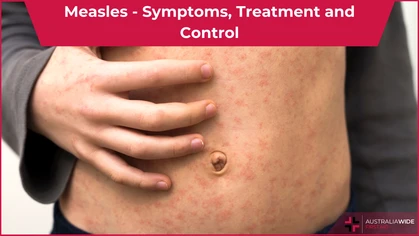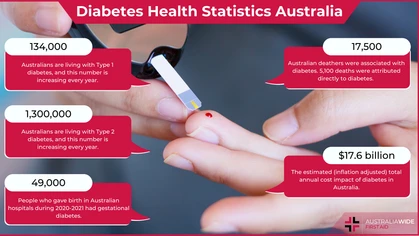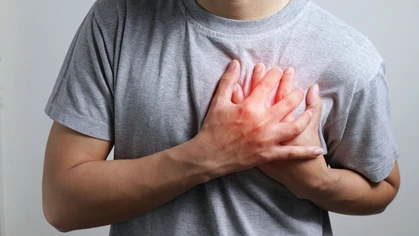Tackle Hand, Foot, and Mouth Disease: Prevention and Treatment

Disease
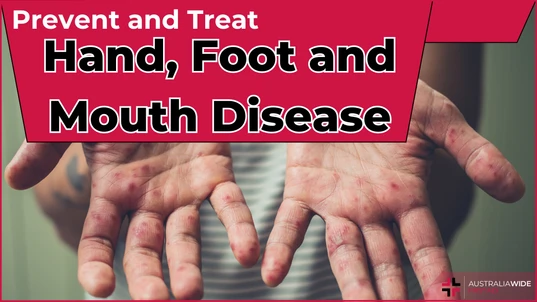
A rash on the hands is characteristic of hand, foot, and mouth disease.
Hand, Foot, and Mouth Disease (HFMD) is a highly contagious infection that can affect children and adults. It is caused by a virus and is characterized by the development of mouth sores and a rash on the hands and feet. While it is not usually serious, it can be uncomfortable and can spread quickly. Knowing how to prevent and treat HFMD is important for anyone who is caring for children or who may be at risk of contracting the disease. This article will provide an overview of the causes, symptoms, prevention, and treatment of HFMD.Causes of Hand, Foot, and Mouth Disease
Hand, Foot, and Mouth Disease is a common childhood illness caused by a virus. It is highly contagious and is spread through contact with saliva, mucous, and stool of infected individuals. The most common cause of Hand, Foot, and Mouth Disease is the Coxsackievirus A16, which is a member of the Enterovirus family. In addition to the Coxsackievirus A16, other viruses such as the Enterovirus 71 and the Aichi virus can also cause Hand, Foot, and Mouth Disease. These viruses can be spread by:- Direct contact with an infected person.
- Contact with contaminated objects and surfaces.
- Airborne transmission when an infected person sneezes or coughs.
- Ingestion of contaminated food.
Looking to get you First Aid knowledge up to date?
We run certified First Aid courses throughout all major Acustralian citys. Find a location near you.
Symptoms of Hand, Foot, and Mouth Disease
Symptoms usually appear within three to five days after exposure, and may include:- Fever
- Sore throat
- Rash on the hands, feet, and mouth
- Fatigue
- Loss of appetite
- Irritability
- Occasional rash on other areas of the body

Rash on the feet is symptomatic of hand, foot, and mouth disease.
Prevention and Treatment of Hand, Foot, and Mouth Disease
Preventing and treating hand, foot, and mouth disease is a priority for all parents. Although the virus is usually not serious, it can be uncomfortable for children and cause a lot of distress. To prevent HFM, it is important to practice good hygiene habits. This includes washing hands regularly, avoiding contact with people who are already infected, and keeping surfaces clean. Additionally, it is important to ensure that children get enough rest and keep up to date with their vaccinations. If a child is already infected, there are some treatments that can help to relieve the symptoms.- Over-the-counter medications such as ibuprofen can help to reduce fever and pain.
- Applying a cool compress to the affected areas can also help to soothe the rash and itching.
- Drinking plenty of fluids and eating a balanced diet can help to boost the immune system and reduce the symptoms of HFM.
Conclusion
Hand, Foot, and Mouth Disease (HFMD) is a common viral infection that affects children under 5 years of age. It is characterized by painful sores on the hands, feet, and inside the mouth. It is typically caused by the Coxsackie virus and Enterovirus 71 and can be spread from person to person by contact with saliva, mucus, or faeces. Symptoms include fever, sore throat, and rash. Prevention and treatment can be achieved by good hygiene practices such as hand washing, avoiding contact with people who are infected, and taking a first aid course. By taking a First Aid Course individuals can help protect themselves, their family, and their community from HFMD. Australia Wide First Aid's HLTAID011 Provide First Aid course is an important step to understanding and tackling HFMD.Further Resources
Originally published at
https://www.australiawidefirstaid.com.au/resources/prevent-and-treat-hand-foot-and-mouth-disease-essential-info
as part of the Australia Wide First Aid Articles Library



